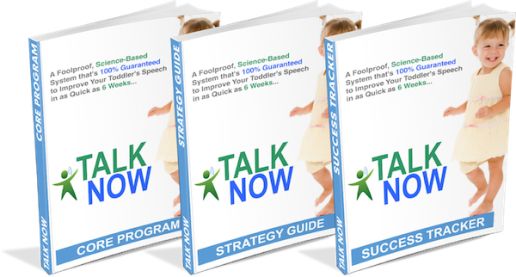Why does a child need to read? The answer is obvious: in order to be able to function in a world of various information, to study in a good school, and to become a generally educated person. That is why the desire of parents to teach their children to read is completely understandable. But how? In the past, everything was a lot simpler: there was a blue ABC-book with a giant, orange “A” on the cover.
Millions of boys and girls mastered short, traditional texts about Mom, who was washing the frame. But now, these boys and girls grew up and became parents. They discovered that times have changed. Today’s world boasts countless new strategies that teach children to read.
One of the best methods is described in Jim Yang’s book “Children Learning Reading”. I strongly recommend this guide to all parents. If you want your child’s journey to reading to be light and easy, then this eBook is exactly what you need.
An early approach to reading is a fairly recent phenomenon. At the moment, there aren’t any results, seeing as America only jumped on the bandwagon in the last decade. However, there are already signs that demand alarm. Psychologists tell about the unfortunate children who were taught to read too early and developed problems in their social development. These kids have a very hard time fitting in.
This isn’t because they are intellectually “above” their peers, but because they didn’t develop the social skills needed to function. In the time that these skills would normally be developing, the brain was too busy learning to read and write.
Speech therapists are equally surprised: kids who were taught to read at an early age read without understanding the point. They simply put together the “correct” sounds and later cannot talk about what they read in their own words.
When can you start teaching your child to read?
Psychologists point out several psychological factors:
– Your child speaks in sentences. It is very dangerous to start teaching a child to read if the child can’t even talk. Some kids that were taught to read with the help of blocks before they learned to speak displayed signs of a delay in their speech development. Instead of participating in a live discussion they were reading and writing with the help of blocks.
– Your child has developed a phonetic hearing. This means that the child can hear the difference of sounds in individual words. He or she can easily distinguish words that, for example, begin with the letter “K” and end in the letter “A”.
– The child can notice patterns or rhymes, for example, words like “cat”, “coat”, or “mouse”.
– The child shouldn’t have any serious speech problems. When the child cannot say half of the alphabet, this firstly – harms their phonetic hearing, and secondly – prevents them from learning to read correctly.
– The child has formulated a special orientation. For example, the child can understand the difference between “right” and “left”. He or she will have to learn to read from left to right, so this is important.





